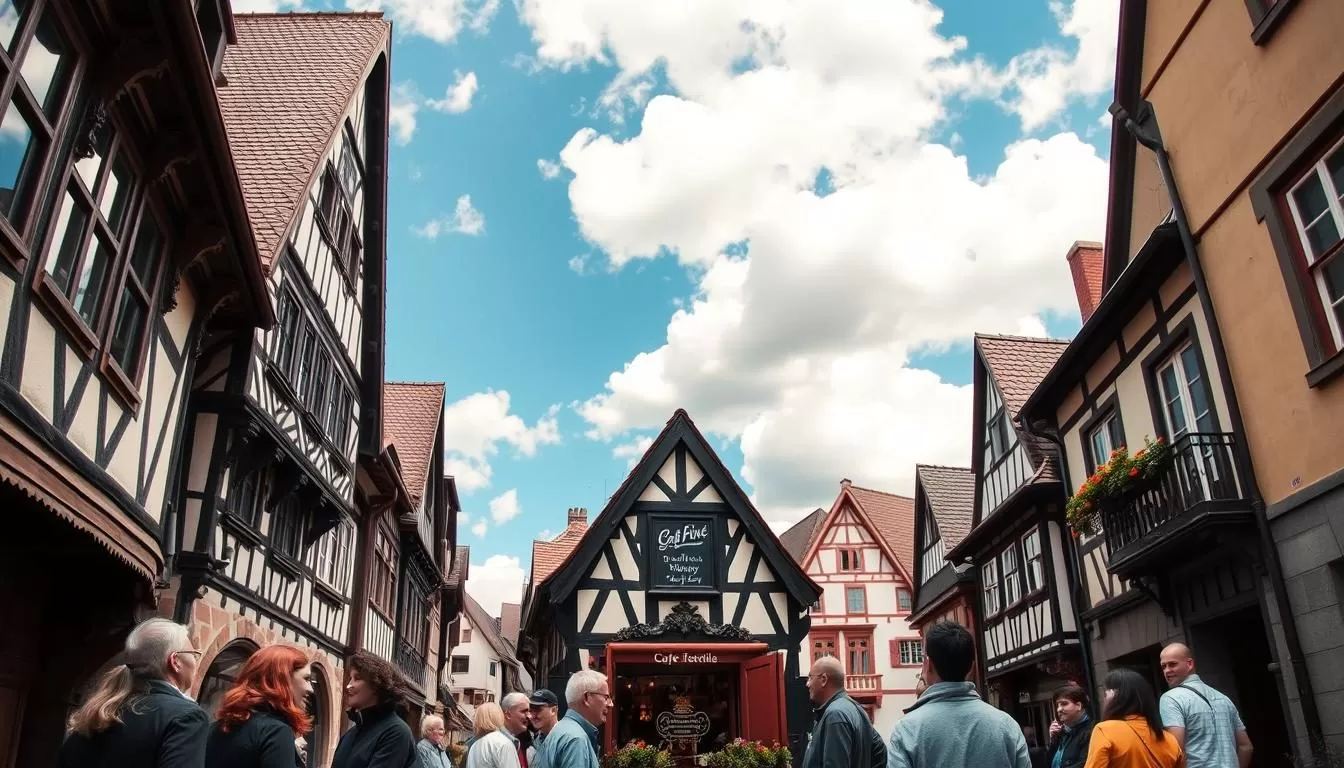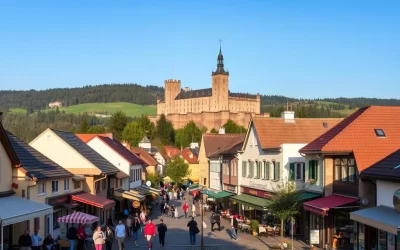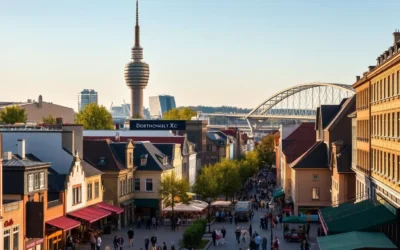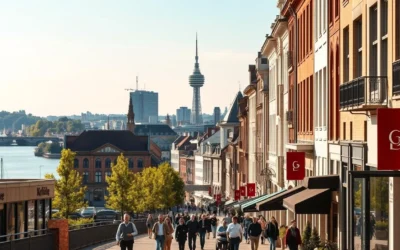When you think about the cultural richness of a country, its language often plays a central role. In this region, Standard German stands as the backbone of communication, serving as the official language for over 95% of the population. This linguistic foundation shapes daily life, governance, and cultural expression.
Beyond Standard German, the area is home to a variety of regional dialects and minority languages. These variations add depth to the german language, creating a vibrant tapestry of speech. Many locals blend dialects with Standard German, showcasing a unique cultural identity.
This article will dive into the trends surrounding official, minority, and immigrant languages. Whether you’re a language enthusiast or simply curious, this exploration offers insights into the region’s fascinating linguistic systems.
Introduction
Language is a cornerstone of identity and communication in any region. In this area, Standard German stands as the primary means of interaction for the vast majority of the population. Over 95% of households use it daily, making it the backbone of both personal and professional life.
Beyond its role as the official language germany, Standard German is deeply integrated into the educational system. Schools prioritize teaching it, ensuring that students develop strong linguistic skills. This focus on education helps maintain the language’s prominence across generations.
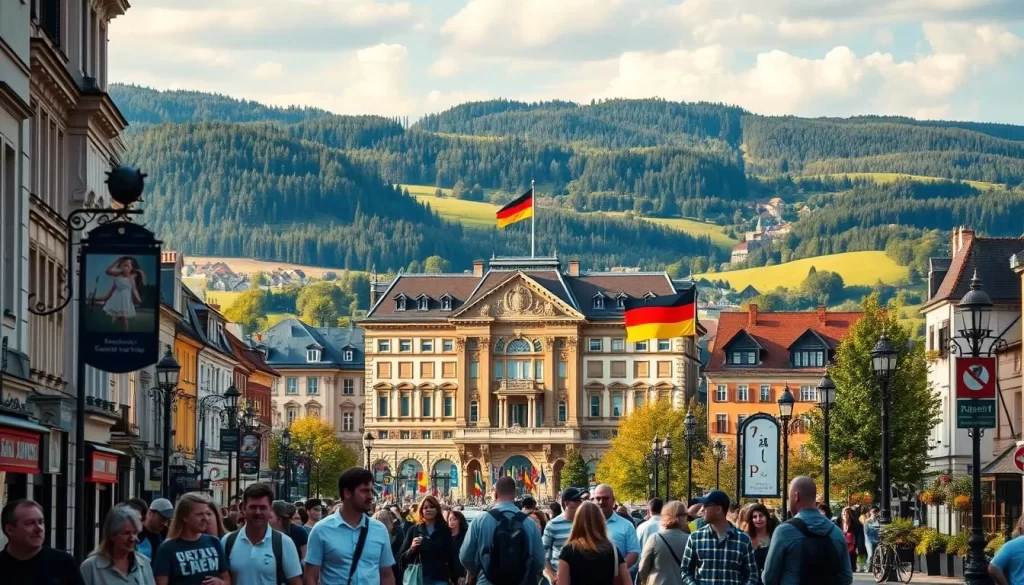
Modern trends also shape how people use language. While traditional practices remain strong, globalization introduces new influences. Schools now emphasize multilingualism, preparing students for a connected world. This blend of old and new creates a dynamic linguistic environment.
Here’s a quick look at how language education impacts the population:
| Aspect | Impact |
|---|---|
| Standard German Usage | Over 95% of households |
| Multilingual Education | Increasing focus in schools |
| Cultural Preservation | Maintained through language policies |
As you explore this topic, you’ll discover how language shapes communities and connects people. Whether through education or daily conversations, it remains a vital part of life here.
Overview of Germany’s Linguistic Landscape
Exploring the language landscape reveals a blend of tradition and modernity. Standard German serves as the primary means of communication, uniting communities across the region. Its dominance is evident in education, governance, and daily life.
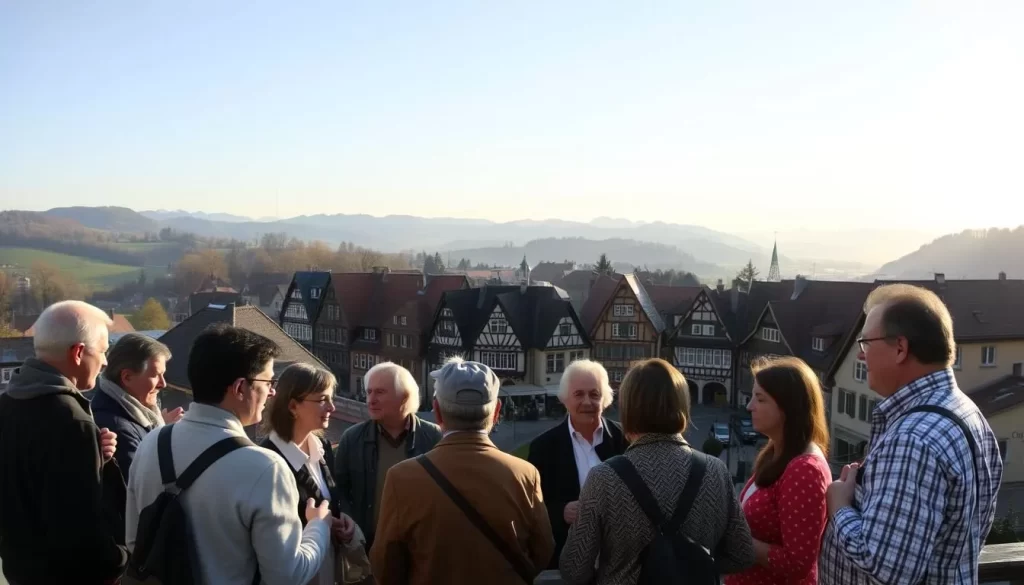
Dialects add a unique flavor to the linguistic tapestry. From Northern Low Saxon to Bavarian, these regional variations create strong cultural identities. Many speakers seamlessly switch between Standard German and their local dialect, showcasing a rich heritage.
The Role of German as the Official Language
Standard German is more than just a language; it’s a unifying force. Over 95% of the population uses it daily, making it the backbone of communication. Its role in education ensures that future generations remain fluent.
Despite its prominence, regional dialects thrive. These variations reflect local histories and traditions. For instance, Northern Low Saxon is widely spoken in the north, while Bavarian dominates the south. This diversity enriches the cultural fabric.
Impact of Multilingualism on Society
Multilingualism is a growing trend, with many speakers fluent in more than one language. Schools emphasize foreign language instruction, with English being the most commonly taught. This prepares students for a globalized world.
Minority languages, though spoken by smaller groups, play a vital role in preserving heritage. Sorbian and Frisian, for example, are officially recognized in certain areas. These languages connect communities to their roots.
“Language is the road map of a culture. It tells you where its people come from and where they are going.”
The blend of Standard German, dialects, and foreign languages creates a dynamic linguistic environment. This diversity fosters social integration and cultural exchange, making the region a fascinating study in language evolution.
Brandenburg, Germany: Official and widely spoken languages
In this area, regional dialects play a vital role in shaping how communities connect and thrive. These linguistic variations are more than just ways of speaking—they are markers of cultural identity and heritage.
Low German, spoken primarily in the north, brings unique traits to local communities. Its distinct sounds and vocabulary reflect the history of the region. Many persons in these areas use it daily, blending it seamlessly with Standard German.
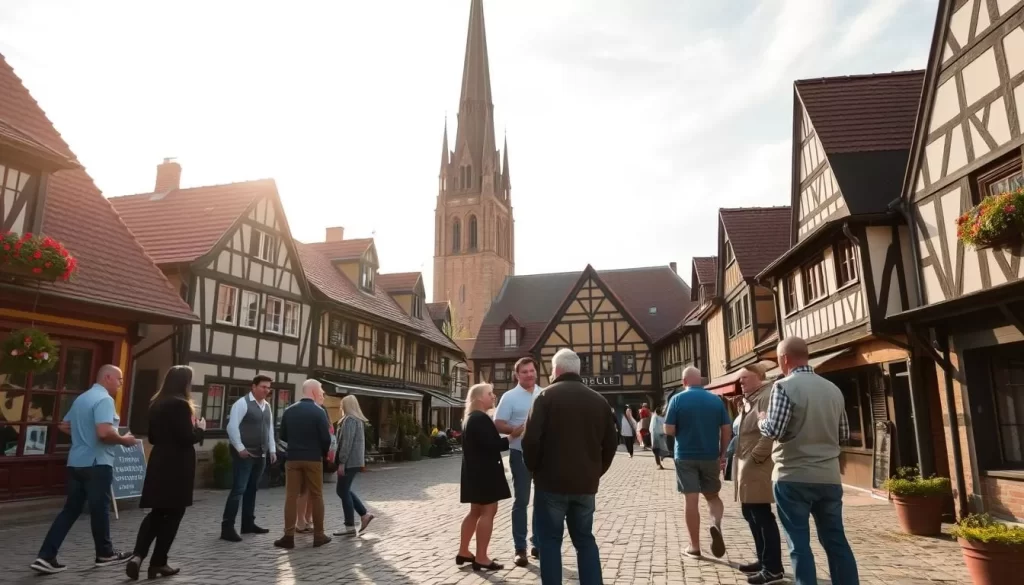
Another key dialect is Lower Sorbian, which holds deep cultural and historical importance. Despite being endangered, it remains a symbol of resilience for its speakers. Efforts to preserve it highlight its value in maintaining the region’s rich heritage.
Dialects like these strengthen person-to-person relationships. They create a sense of belonging and reinforce social bonds. When you hear someone speak in their local dialect, it’s a reminder of shared roots and traditions.
“Language is the soul of a community. It carries the stories and values of those who speak it.”
Preserving these dialects is essential for keeping the cultural fabric of the region intact. Schools and local programs often support their use, ensuring future generations stay connected to their roots. This blend of tradition and modernity keeps the linguistic landscape vibrant and alive.
Minority and Regional Languages in Germany
The linguistic diversity of a region often reflects its cultural depth and historical richness. In this area, minority languages like Low German, Sorbian, and Frisian play a vital role in preserving unique identities. These languages are more than just ways of speaking—they are a part of the cultural fabric that connects communities to their roots.
Low German, Sorbian, and Frisian Varieties
Low German, spoken by approximately 5 million people, is a key part of the linguistic landscape in northern regions. Its distinct sounds and vocabulary reflect the history of the area. Similarly, Sorbian dialects, both Upper and Lower, hold deep cultural significance despite their smaller speaker populations.
Frisian varieties, though less widespread, are equally important. They represent a unique system of communication that has been passed down through generations. These languages face challenges over time, such as dwindling numbers of speakers, but efforts to preserve them are ongoing.
Preserving Cultural and Linguistic Heritage
Preserving these languages is essential for maintaining cultural heritage. Legal frameworks, like the European Charter for Regional or Minority, provide support for their protection. These systems ensure that minority languages remain a vibrant part of society.
Educational measures also play a crucial role. Schools in certain areas teach these languages, helping younger generations stay connected to their heritage. This commitment to preservation highlights the value of linguistic diversity in a modern world.
“Language is the roadmap of a culture. It tells you where its people come from and where they are going.”
Over time, these efforts have shown positive results. Communities continue to celebrate their linguistic heritage, ensuring that these languages remain alive. This blend of tradition and innovation keeps the cultural fabric of the area vibrant and resilient.
Foreign and Immigrant Language Trends
The way people communicate is constantly evolving, shaped by global influences. Migration and education are driving forces behind the changing linguistic landscape. Over the years, these trends have created a dynamic mix of languages spoken at home and in public spaces.
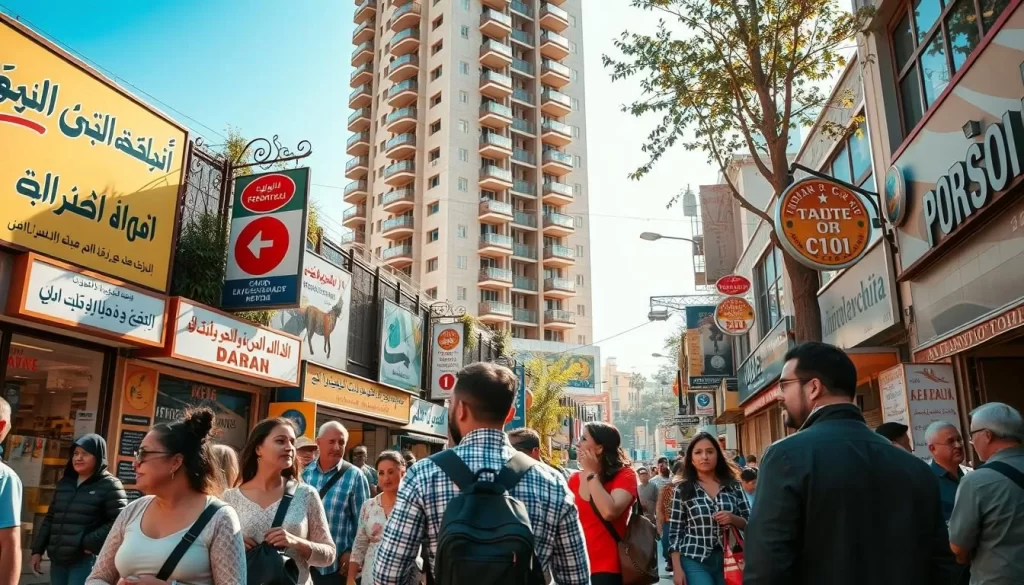
Rise of English and Other Global Languages
English has become a key player in both education and business. Over 56% of the population speaks it, making it the most common second language. Schools are increasingly incorporating English into their curricula, preparing students for a connected world.
Other global languages, like French and Russian, are also gaining traction. Russian, spoken by 5% of the population, is the third-largest migrant language. This reflects the diverse backgrounds of immigrant communities.
Diversity Through Migration and Educational Shifts
Migration has brought a rich tapestry of languages to the region. Turkish, spoken by 1.8% of the population, is a prime example. Many immigrant families maintain their native tongues at home, blending them with the local language.
Educational institutions are adapting to this diversity. Schools now offer courses in multiple languages, reflecting the needs of a multicultural society. This approach helps students stay connected to their roots while thriving in a globalized world.
“Language is the bridge between cultures, connecting people across borders.”
Over the years, these changes have enriched the linguistic landscape. Immigrant families play a vital role in preserving their heritage while contributing to the cultural fabric of their new home.
Conclusion
Language is more than just a tool for communication—it’s a place where culture and identity thrive. This region’s linguistic framework blends Standard German, regional dialects, and minority languages, creating a vibrant tapestry of expression. Each language plays a unique role in shaping community bonds and preserving heritage.
Dialects like Low German and Lower Sorbian add depth to the cultural landscape. They connect people to their roots, fostering a sense of belonging. Immigrant languages further enrich this diversity, reflecting the global influences shaping modern society.
Understanding and preserving these languages is essential. They are not just ways of speaking but markers of history and tradition. By valuing linguistic diversity, communities can maintain their cultural fabric while embracing change.
Explore the dynamic language environment of this region to see how it shapes identities. Language is a place where the past meets the present, offering a window into the soul of a community. Discover more about the rich history of German and its evolution over time.
The above is subject to change.
Check back often to TRAVEL.COM for the latest travel tips and deals.
